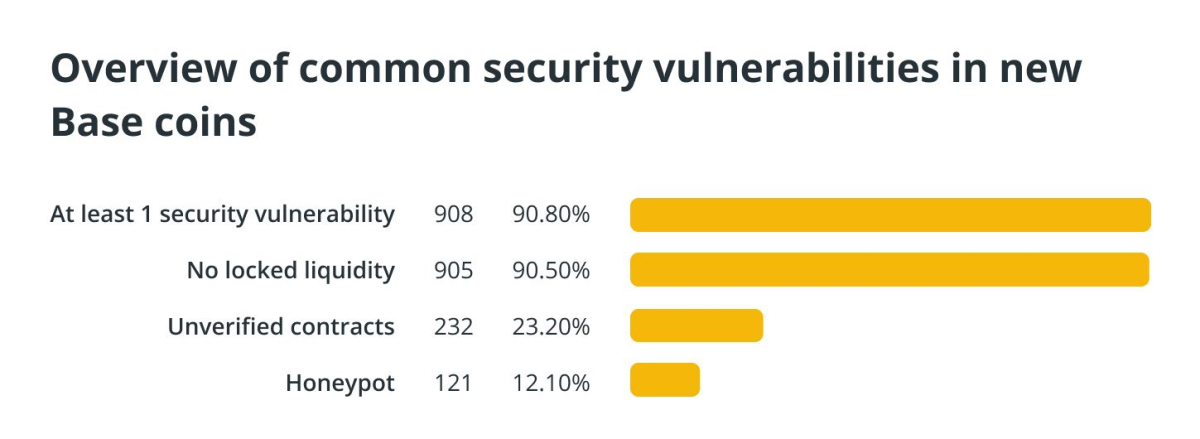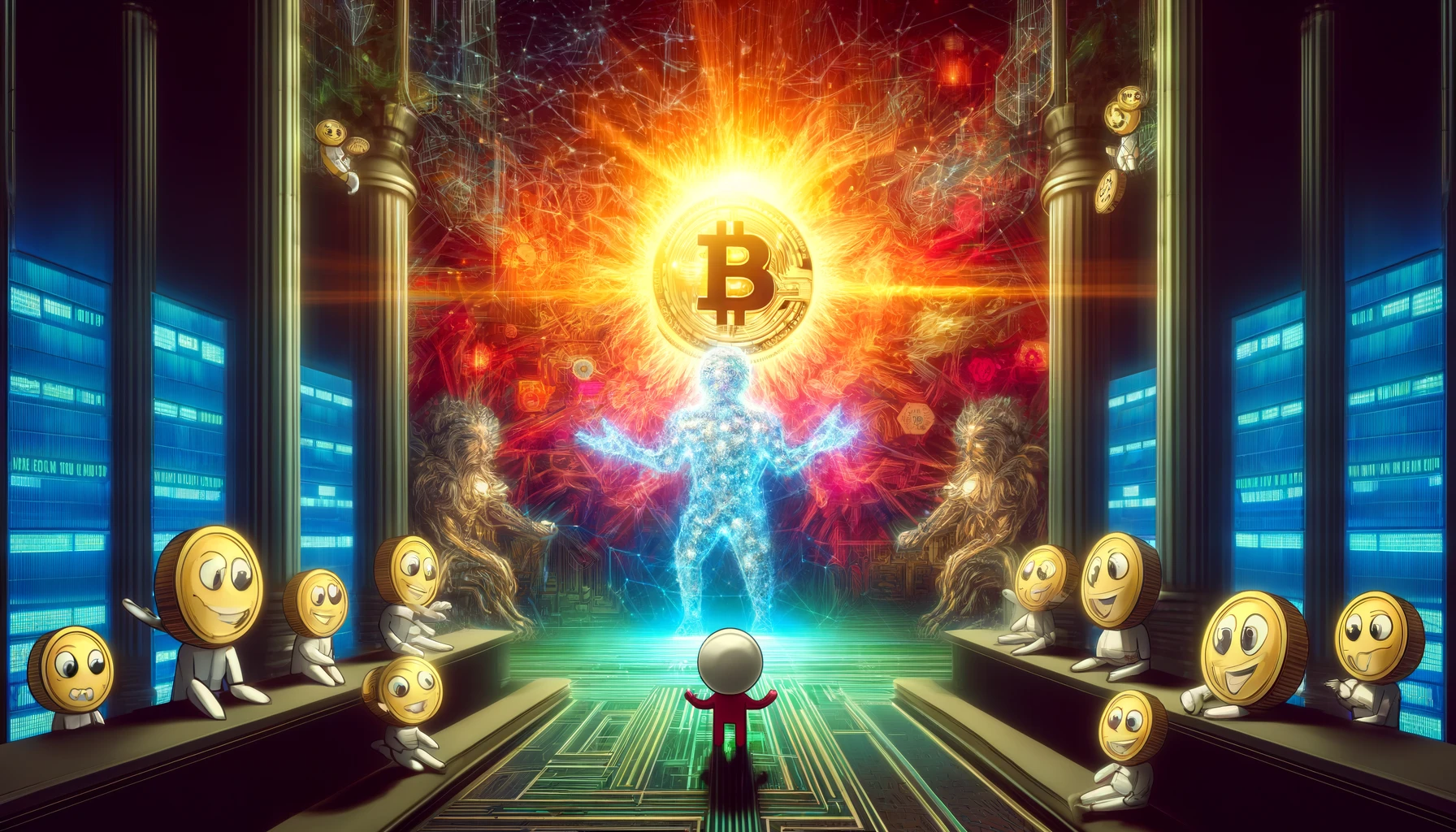Just of recent, we saw crypto prices hitting the roof, and guess what? The speculation frenzy is back, naturally. And it’s no laughing matter, even if memecoins might make you chuckle. Memecoins, those tongue-in-cheek crypto tokens that piggyback off internet humor, have made a grand comeback, making some serious waves in the crypto ocean.
You know, like Dogecoin, the poster child, that started as a joke but somehow ended up with a wallet that’s not just for memes.
Why Do We Keep Spinning the Same Old Record?
The allure of memecoins isn’t just about quick laughs or even quicker profits. It has become a cultural phenomenon. Yet, here we are, stunned, wondering why regulatory bodies give a free pass to these joke coins while the legit, innovation-driven crypto projects get bogged down in red tape.
It is annoying.
Imagine if only meme stocks like GameStop are cheered on, while tech giants that actually build stuff like Apple or Microsoft are given the cold shoulder. Sounds absurd, right? Well, that’s the current vibe in crypto regulation, where memecoins get the green light, and transformative projects are left in the dust.
There is an analogy that Chris Dixon of Andreessen Horowitz made that is truly quite remarkable. In his essay on Financial Times, he said that the crypto market can be split into two camps. Right? So we have the ‘casinos’ that Chris explains are all about flipping tokens for a quick buck, and then the ‘computers’ who see blockchain as a groundbreaking platform for future innovations.
What’s frustrating to both me and Chris is that while the casino gets the glam lights, the computer is stuck playing second fiddle. This skewed focus is very unfair, and frankly, it is a breeding ground for missed opportunities in tech advancements like decentralized AI and tackling deepfakes.
A Regulation Riddle Wrapped in a Meme
U.S. regulations aren’t exactly helping, as you all know.
The Securities and Exchange Commission (SEC), bless their hearts, isn’t tasked with picking and choosing winners based on merit. Their job, on paper, is ensuring investments are safe, markets are smooth, and capital flows freely.
But let’s face it, their current playbook, which uses the dusty ‘Howey test’ from 1946 to determine what’s a security and what’s not, isn’t cutting it for the crypto industry. Bitcoin and Ethereum managed to sidestep this regulatory hoopla by morphing into community-led projects that no longer depend on a central figure, making them more like public utilities than private enterprises.
Meanwhile, other projects that potentially offer the same level of innovation are left struggling with regulatory uncertainties. Thanks for that, Gary!
And it’s not even just about easing up on regulations. Chris further explains that it’s about making them smarter. We, as an industry, need disclosures that make sense, lock-up periods that prevent cash grabs, and a historical perspective to avoid repeating past mistakes.
Remember the post-Great Depression era? We put up some regulatory guardrails then and witnessed a boom in innovation and economic growth. Chris concluded his essay saying that it’s high time for a regulatory framework that recognizes the potential of legitimate crypto projects while keeping the meme-fueled madness in check.
Basically, leave the market alone. Let’s be all about the tech. How about that?
The Underbelly of the Meme Madness
The security of meme tokens is still a huge question mark. A recent investigation by Cointelegraph into Base, Coinbase’s Ethereum layer 2 solution, revealed that the majority of memecoins there are like houses of cards ready to collapse at the slightest breeze. About 90% of these tokens flunked basic security checks. Things like locked liquidity and verified contracts are missing, which are essential to prevent scams like rug pulls.

Some of these tokens are straight-up traps, with 17% of them designed to rip off unsuspecting traders through sneaky tactics like honeypots, where high returns lure investors in but then prevent them from selling their stakes.
So, why are we still fussing over memecoin regulation when there are bigger fish to fry? It’s time to shift our focus and resources to innovation and securing real cryptocurrencies, and stop it with the meme mirage. I understand that this might come off as me being a memecoin hater, but what I really am, is a true blockchain believer.
To blockchain!
You can read Chris Nixon’s entire essay here if you’re interested.
A Step-By-Step System To Launching Your Web3 Career and Landing High-Paying Crypto Jobs in 90 Days.
